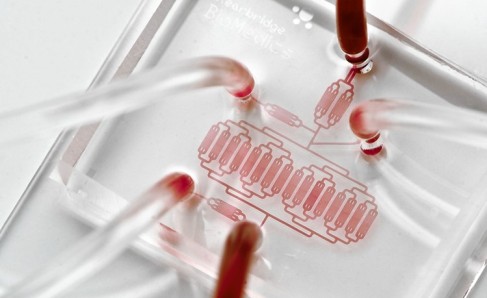Through saliva is possible to detect the attendance of DNA of head and neck cancer, which can be used to improve the treatment and monitoring of people with this disease but the diagnosis of a non-invasive form of these tumors they are increasing. This was demonstrated by a team in a group of 93 patients with head and neck cancer and published in Science Translational Medicine. The results suggest that a simple blood or saliva psychoanalysis could in the future enable the detection and monitoring of head and neck cancer.
The presence of DNA of this type of tumor they explain can be measured in blood and saliva. “In our work saliva tests seemed to be the best way to detect cancer in the oral cavity and the blood seemed to find more cancers of the larynx, hypopharynx and oropharynx. However, the combination of blood and saliva can be the best for cancer in any of these areas.
In their study, the analysis of both fluids reliably detected cancer in 96 percent of sample from 47 patients with head and neck cancer, while the analysis of saliva alone was able to detect cancer at 46 patients with oral cavity cancer the majority common type of head and neck cancer. The head and neck cancer is currently the seventh most common worldwide but there is currently no biomarker available, which controls the response of patients to therapy or predicts recurrence.
DNA fragments
Although it is known that this type of tumors shed DNA fragments in fluids such as blood, saliva, feces and urine, levels are so low that make it difficult to detect. In recent years, however, technological advances have allowed ‘sniff’ these mutations in body fluids, even when they are rare. Thanks to these advances in sequencing techniques, the team Yuxuan Wang and Bert Vogelstein, tested whether it was possible to detect in blood saliva or both DNA fragments in samples of 93 patients with cancer. In addition, the results were very positive.
Using genome sequencing or mutations located either tumor specific gene of human papilloma virus that is known to cause about 25 percent of head and neck cancers. In addition, researchers found that the saliva test were very effective in detecting cancer of the oral cavity including those in the early stages, while the blood was more fluid appropriate for the detection of the other three cancers head and neck that affect the throat and neck.
Agrawal said that the sensitivity of the tests depended in general the cancer site, stage and HPV status, oscillating between 86 and 100 percent. Also it notes that saliva testing were more effective for cancers early, finding the 20 cancers compared to blood tests correctly identified seven of ten.
In addition, combining blood and saliva the results improve. In addition, when they controlled a subset of treated patients saw a month to detect the DNA of the tumor without there being any clinical evidence, a deterioration occurred. The ultimate goal is to expand better tests to detect head and neck cancers in the general population and improve the way they monitor patients with cancer recurrence of their disease.







